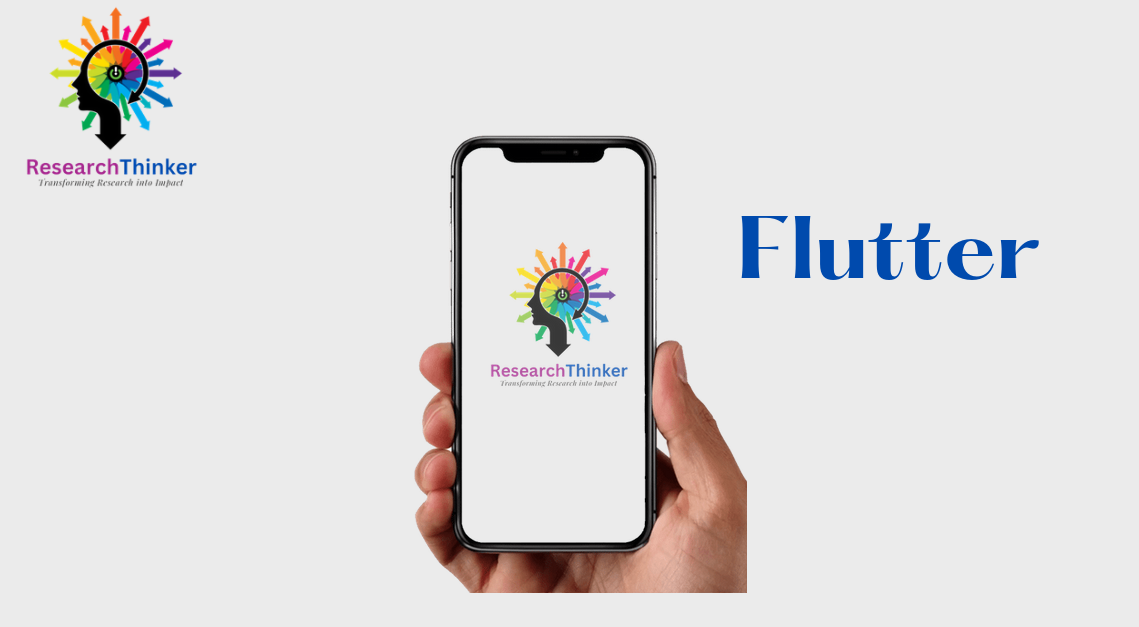AR (Augmented Reality), VR (Virtual Reality), MR (Mixed Reality), and XR (Extended Reality) are all related technologies that involve the integration of digital information with the user’s physical environment. However, there are some key differences between them:
- AR, or Augmented Reality, involves overlaying digital information onto the user’s view of the real world. This could be in the form of text, images, or even 3D models. Examples of AR include Pokemon Go, Snapchat filters, and some industrial applications like airplane maintenance.
- VR, or Virtual Reality, immerses the user in a completely digital environment. This could be a video game, a virtual world, or even a simulation of a real-world environment. VR requires the use of a headset or other similar device to fully immerse the user. Examples of VR include Oculus Rift, PlayStation VR, and HTC Vive.
- MR, or Mixed Reality, is a blend of both AR and VR. It allows users to interact with digital objects in the real-world environment and also allows the digital objects to interact with the real world. It’s a hybrid of the two other technologies and can be experienced through devices such as HoloLens.
- XR, or Extended Reality, is an umbrella term that encompasses all forms of digital experiences, including AR, VR, and MR. XR refers to any technology that extends beyond traditional forms of reality, whether that’s through the addition of digital information to the real world, or through complete immersion in a digital environment.
| Technology | Definition | Immersion Level | Interaction with Real World | Example Application |
|---|---|---|---|---|
| Augmented Reality (AR) | Overlays digital information onto the real world, blending virtual and real elements. | Partial immersion | Interaction with real-world objects and surroundings | Pokémon Go, Snapchat filters |
| Virtual Reality (VR) | Creates a fully immersive digital environment, replacing the real world. | Complete immersion | No interaction with real-world objects | Gaming, Training simulations |
| Mixed Reality (MR) | Merges virtual content with the real world, allowing virtual objects to interact with the real environment. | Partial to complete immersion | Interaction with real-world objects and surroundings | Microsoft HoloLens, Magic Leap |
| Extended Reality (XR) | Encompasses the entire spectrum of immersive technologies, including AR, VR, and MR. | Varies based on the technology used | Varies based on the technology used | Various applications across industries |
In summary, AR enhances the real world, VR replaces the real world, MR merges the real and virtual worlds and XR encompasses all those realities.





